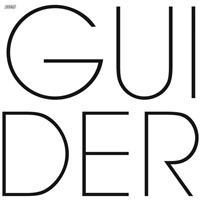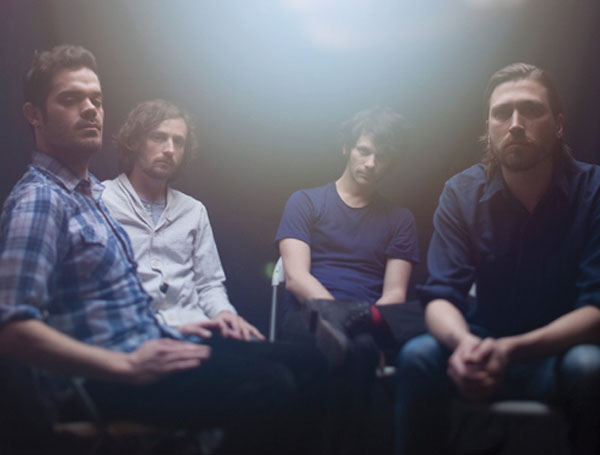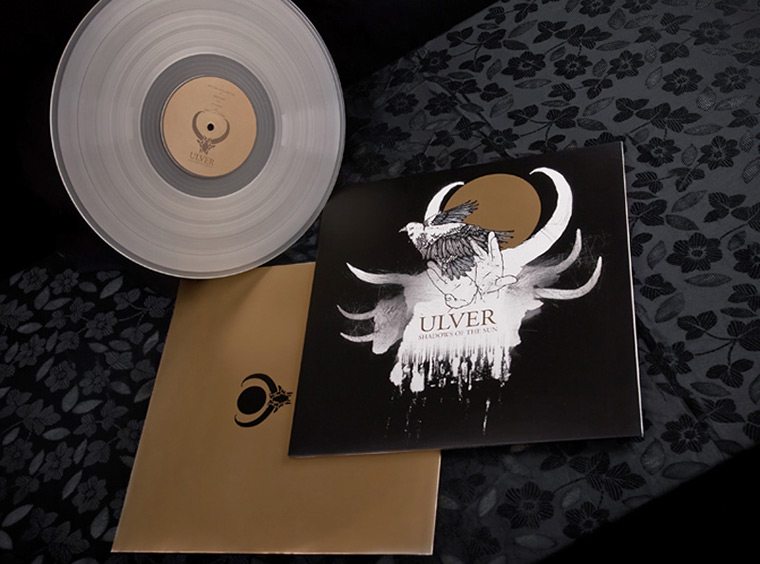 Disappears: Guider (Kranky, 1/17/11)
Disappears: Guider (Kranky, 1/17/11)
Disappears: “Halo”
[audio:https://alarm-magazine.com/wp-content/uploads/2011/03/Halo.mp3|titles=Disappears: “Halo”]Chicago-based rock band Disappears feels pigeonholed. After having just released its second album, Guider, in January, the same words seem to keep popping up like shampoo instructions in various descriptions of its music: echo, fuzz, psych, kraut. The terms aren’t off base, but the band would like to think that it has a few different tricks up its sleeve. Here to address this limited vocabulary, vocalist Brian Case (formerly of The Ponys and 90 Day Men) breaks down the most recycled lingo while explaining the band’s key elements.
The Basic Elements of Disappears’ Music
by Disappears
Roland Space Echo
Used by everyone from King Tubby to KISS, the Roland Space Echo (specifically the RE-201) is a not-so-secret weapon for us. Every vocal track this band has ever recorded has been run through one of these — as well as every instruments on our recordings at one point or another. The RE-201 is a simple system in which a small loop of tape records an incoming signal and immediately plays the recorded sound back over a couple playback heads before being erased over by new incoming audio. Being an analog-tape effect, the results are usually unpredictable. It’s the cool sounds you hear on dub records and the crazy sci-fi sounds in Twilight Zone episodes. We try and tastefully split the difference, although I really want our next record to be super dubbed out, so we’ll see.



